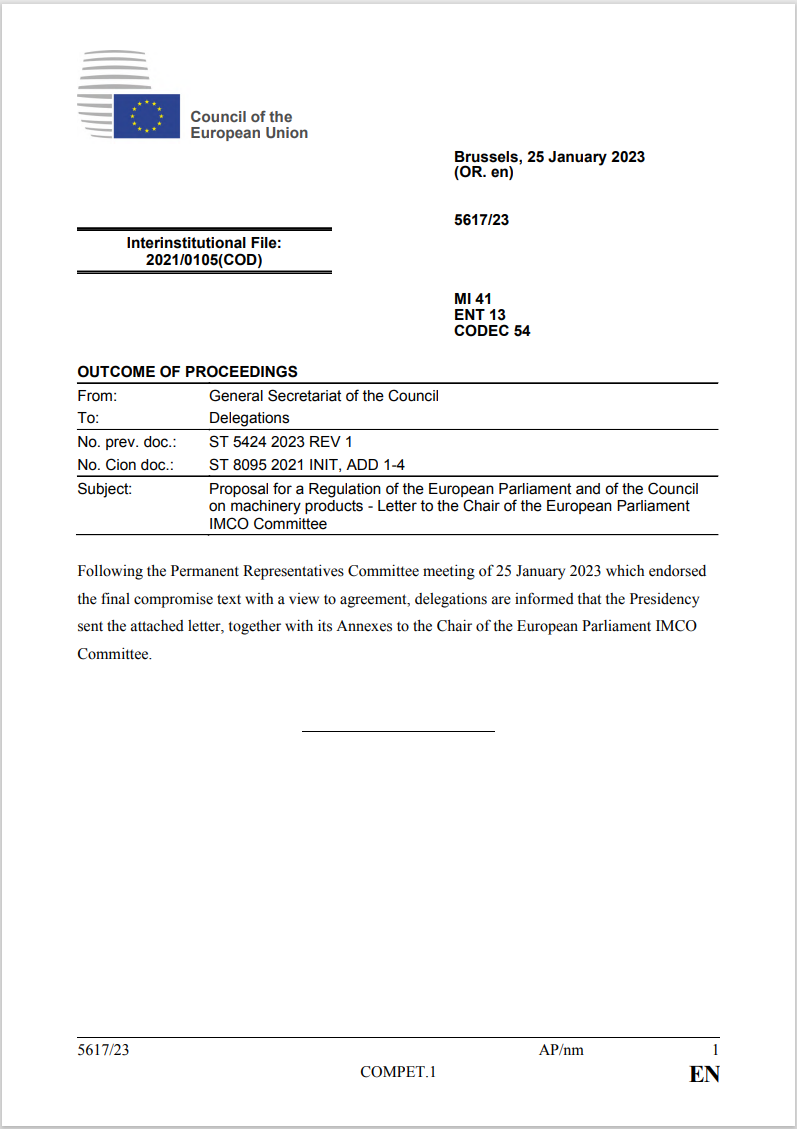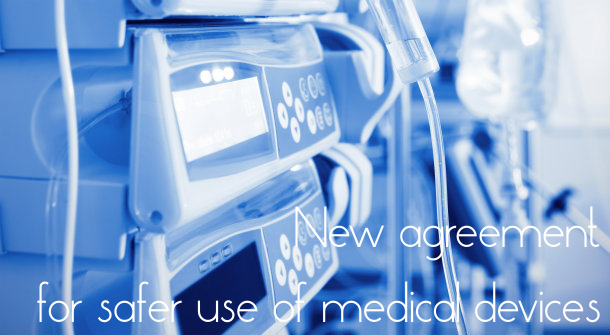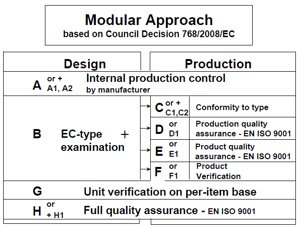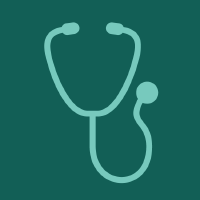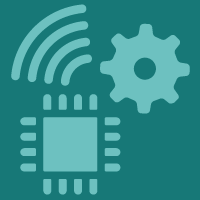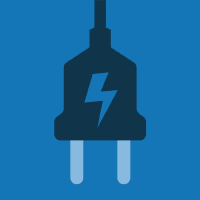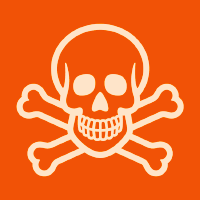The European Parliament and the Council have reached an agreement for better surveillance and traceability of medical and in vitro diagnostic devices.
Medical devices are medical equipment and devices for in vitro tests used either in hospitals by health professionals or directly by the patient.
There are over 500,000 types of medical devices and devices for in vitro tests on the EU market. These cover a wide range of products from home-use items like sticking plasters, pregnancy tests and contact lenses to x-ray machines, pacemakers, breast implants, hip replacements and HIV blood tests.
This new agreement between the European Parliament and the Council from 15 June 2016 takes on board some key concerns of the Commission indicated at several stages of the negotiation and contains a series of important improvements to the current system:
- stricter pre-market control of high-risk devices with the involvement of a pool of experts at EU level
- the reinforcement of the criteria for designation and processes for oversight of notified bodies in charge of certifying medical devices
- the inclusion of certain aesthetic products which present the same characteristics and risk profile as analogous medical devices under the scope of these Regulations
- the introduction of a new risk classification system for diagnostic medical devices based on international guidance
- improved transparency through the establishment of a comprehensive EU database on medical devices and of a device traceability system allowing to trace the device from its manufacturer through the supply chain to the final user
- the introduction of an EU-wide requirement for an 'implant card' to be provided to patients containing information about implanted medical devices
- the reinforcement of the rules on clinical data, including an EU-wide coordinated procedure for the authorisation of multi-centre clinical studies on devices
- the reinforced requirement for manufacturers to collect data about the real-life use of their devices
- improved coordination between Member States in the fields of vigilance and market surveillance.
The regulations establish a modernised and more robust EU legislative framework that is crucial to ensure a better protection of public health and patient safety.
They will also contribute to innovation in this sector, to the competitiveness of the EU industry and to the better functioning of the Internal Market in this strategic sector.
Next steps
The Council has planned to approve the agreement at ministers' level in September. Following their legal-linguistic review, the two draft regulations will be then adopted by the Parliament and the Council, probably at the end of the year or early 2017.
The new rules will apply 3 years after publication for medical devices and 5 years after publication for in vitro diagnostic medical devices.
Background
Medical devices are currently regulated by 3 main Directives:
- Directive 90/385/EEC regarding active implantable medical devices
- Directive 93/42/EEC regarding medical devices
- Directive 98/79/EC regarding in vitro diagnostic medical devices
The existing regulatory framework has proved its merits, but weaknesses have highlighted the need for revision. In addition, following scandals involving medical devices in recent years, the current legislative framework has come under harsh criticism in the media and on the political arena.
It is in this context that, on 26 September 2012, the European Commission presented two legislative proposals to ensure that medical devices in the EU are safe, effective and innovative.
Over the past years, the Commission has been working hard with the European Parliament and the Council to facilitate the adoption of these legislative proposals as soon as possible.
The medical devices sector is a major employer in Europe: it employs more than 575,000 people in over 22,500 companies and has an annual turnover of €110 billion. The sector is driven by small and medium-sized companies, which make up almost 95% of the industry.
About 6-8% of medical devices' annual sales and 10% of in vitro devices' annual sales is re-invested in research every year.
